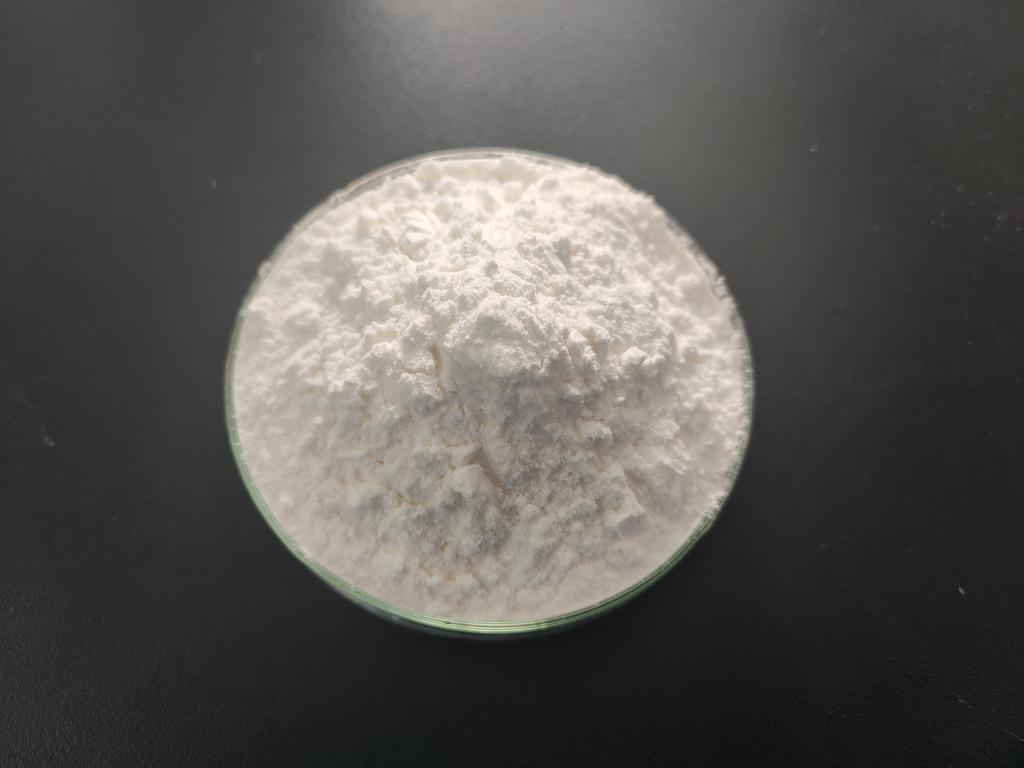Tel:+8618231198596

News
 CONTACT
CONTACT
 CONTACT
CONTACT
- Linkman:Linda Yao
- Tel: +8618231198596
- Email:linda.yao@dcpharma.cn
- Linkman:CHARLES.WANG
- Department:Overseas
- Tel: 0086 0311-85537378 0086 0311-85539701
News
Investigating the stability of ε-Polylysine hydrochloride under different storage conditions.
TIME:2024-04-18
Factors Influencing Stability:
Several factors influence the stability of ε-PL-HCl during storage, including:
Temperature: Elevated temperatures can accelerate chemical degradation processes, leading to loss of ε-PL-HCl activity. Conversely, low temperatures can slow down degradation but may promote physical changes such as crystallization or aggregation.
Humidity: High humidity levels can cause hydrolytic degradation of ε-PL-HCl, particularly in aqueous solutions. Moisture can also facilitate microbial growth, leading to contamination and degradation of ε-PL-HCl.
Light: Exposure to light, especially ultraviolet (UV) radiation, can promote photochemical degradation of ε-PL-HCl, leading to loss of activity and changes in molecular structure.
Oxygen: Oxygen exposure can induce oxidative degradation of ε-PL-HCl, resulting in the formation of reactive oxygen species and degradation products.
Mechanisms of Degradation:
The degradation of ε-PL-HCl can occur through various mechanisms, including:
Hydrolysis: Hydrolytic degradation of ε-PL-HCl occurs when water molecules cleave the peptide bonds within the polymer chain, leading to the formation of shorter oligomers or monomers.
Oxidation: Oxidative degradation of ε-PL-HCl involves the reaction of the polymer with oxygen, resulting in the formation of peroxides, carbonyl groups, and other oxidized products.
Photochemical Degradation: Exposure to light, particularly UV radiation, can induce photochemical reactions in ε-PL-HCl, leading to the formation of free radicals and degradation products.
Strategies for Enhancing Stability:
To improve the stability of ε-PL-HCl during storage, several strategies can be employed, including:
Temperature Control: Maintaining ε-PL-HCl products at low temperatures, either refrigerated or frozen, can minimize degradation rates and prolong shelf life. Proper temperature control during storage and transportation is essential to prevent exposure to elevated temperatures.
Humidity Control: Packaging ε-PL-HCl products in moisture-resistant materials and storing them in low humidity environments can prevent hydrolytic degradation and microbial contamination. Desiccants or moisture-absorbing sachets can also be included in packaging to reduce moisture levels.
Light Protection: Shielding ε-PL-HCl products from direct sunlight and UV radiation can prevent photochemical degradation. Opaque or tinted packaging materials can provide light protection, while storage in dark or UV-filtered environments is recommended.
Oxygen Barrier: Packaging ε-PL-HCl products in oxygen-impermeable containers or using oxygen scavengers can minimize oxidative degradation by reducing oxygen exposure.
Antioxidants: Incorporating antioxidants into ε-PL-HCl formulations can help mitigate oxidative degradation by scavenging free radicals and inhibiting oxidation reactions.
Conclusion:
The stability of ε-polylysine hydrochloride (ε-PL-HCl) is critical for ensuring its efficacy and functionality in various applications. Factors such as temperature, humidity, light exposure, and oxygen levels can influence the stability and degradation of ε-PL-HCl during storage. Understanding the mechanisms of degradation and implementing strategies to enhance stability are essential for maintaining product integrity and performance. By optimizing storage conditions and employing stability-enhancing techniques, researchers and manufacturers can maximize the shelf life and efficacy of ε-PL-HCl products, thereby facilitating its widespread use in food preservation, biomedical products, and wound healing applications.
- Tel:+8618231198596
- Whatsapp:18231198596
- Chat With Skype







